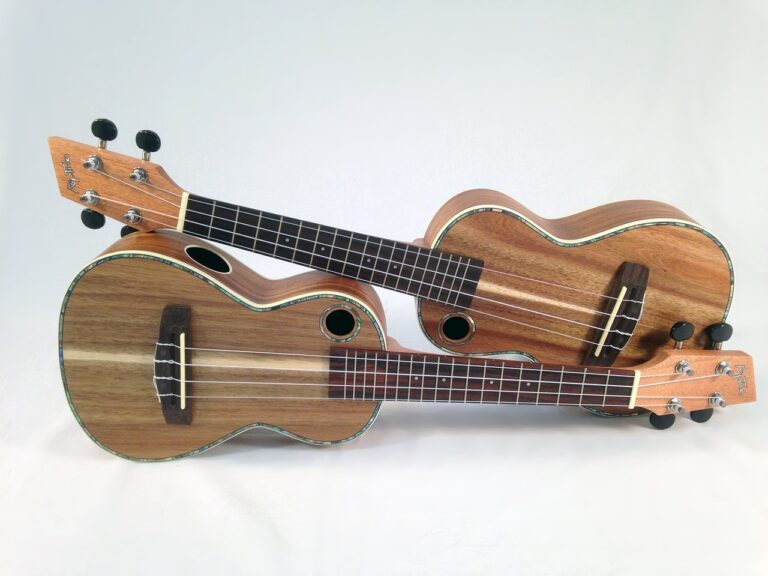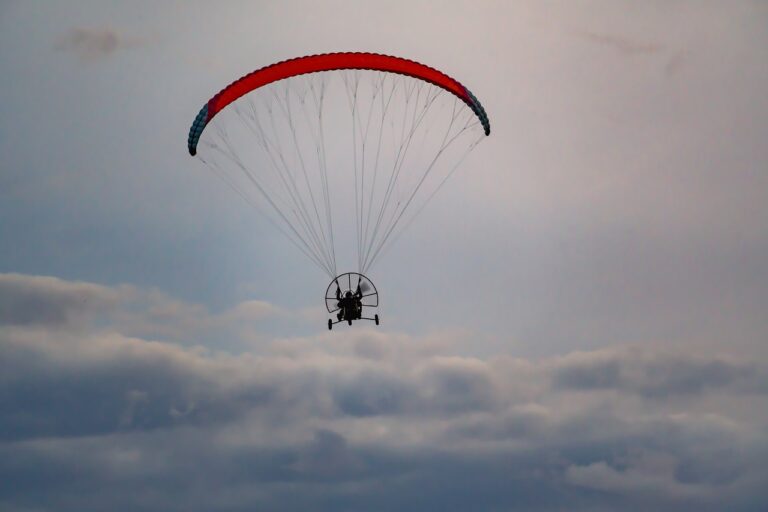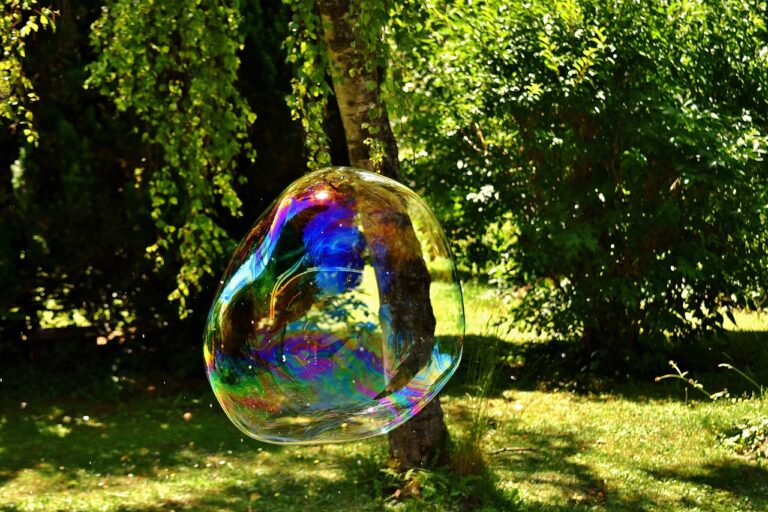Sustainable Set Design in Television Production: Eco-Friendly Creativity
Sustainable practices in television production play a crucial role in reducing the environmental impact of the industry. By implementing eco-friendly initiatives, such as using renewable energy sources and reducing waste, television producers can contribute to a more sustainable future. These practices not only benefit the environment but also resonate with audiences who are becoming increasingly conscious of the ecological footprint of the entertainment they consume.
Moreover, embracing sustainability in television production can lead to cost savings in the long run. Implementing energy-efficient technologies and practices can help production companies reduce operating expenses and improve their overall bottom line. By investing in sustainable practices, television producers can not only protect the planet but also enhance their reputation as responsible stewards of the environment.
Benefits of Eco-Friendly Set Design for Television Shows
Eco-friendly set design for television shows brings about numerous advantages that extend beyond the screen. By incorporating sustainable practices into the production process, TV shows can significantly reduce their environmental impact through the use of recycled materials, energy-efficient lighting, and eco-friendly props. This not only helps in preserving the earth’s resources but also sets a positive example for viewers and industry peers to embrace sustainable choices in their own lives and work.
Additionally, eco-friendly set design can lead to cost savings in the long run. While initial investments may be required to adopt green technologies and materials, the return on investment becomes evident over time through reduced energy consumption and waste management costs. Moreover, the positive reputation gained from prioritizing environmental responsibility can attract environmentally-conscious viewers and sponsors, creating a win-win situation for both the production and the planet.
Challenges Faced in Implementing Sustainable Set Design
Implementing sustainable set design in television production presents a myriad of challenges. One of the primary obstacles is the initial cost involved in transitioning to eco-friendly materials and practices. While the long-term benefits are evident, many production companies struggle with the upfront investment required to make the switch.
Additionally, finding suppliers and vendors that offer sustainable alternatives can be a challenge in itself. The entertainment industry has traditionally relied on a plethora of materials and resources that are not environmentally friendly, making it difficult to source eco-conscious options. This hurdle often leads to delays and compromises in the sustainability goals of television production sets.
Why is it important to implement sustainable practices in television production?
Implementing sustainable practices in television production helps reduce the environmental impact of the industry, lowers production costs, and aligns with the growing demand for eco-friendly content.
What are some benefits of eco-friendly set design for television shows?
Some benefits of eco-friendly set design include reduced energy consumption, decreased waste generation, improved air quality on set, and a positive image for the production company.
What are some challenges faced in implementing sustainable set design?
Some challenges in implementing sustainable set design include budget constraints, limited availability of eco-friendly materials, resistance to change from traditional practices, and the need for specialized knowledge and expertise.
How can production companies overcome the challenges of implementing sustainable set design?
Production companies can overcome the challenges of implementing sustainable set design by investing in research and development of new eco-friendly materials, providing training for staff on sustainable practices, collaborating with sustainable vendors and suppliers, and setting clear sustainability goals for the production.







